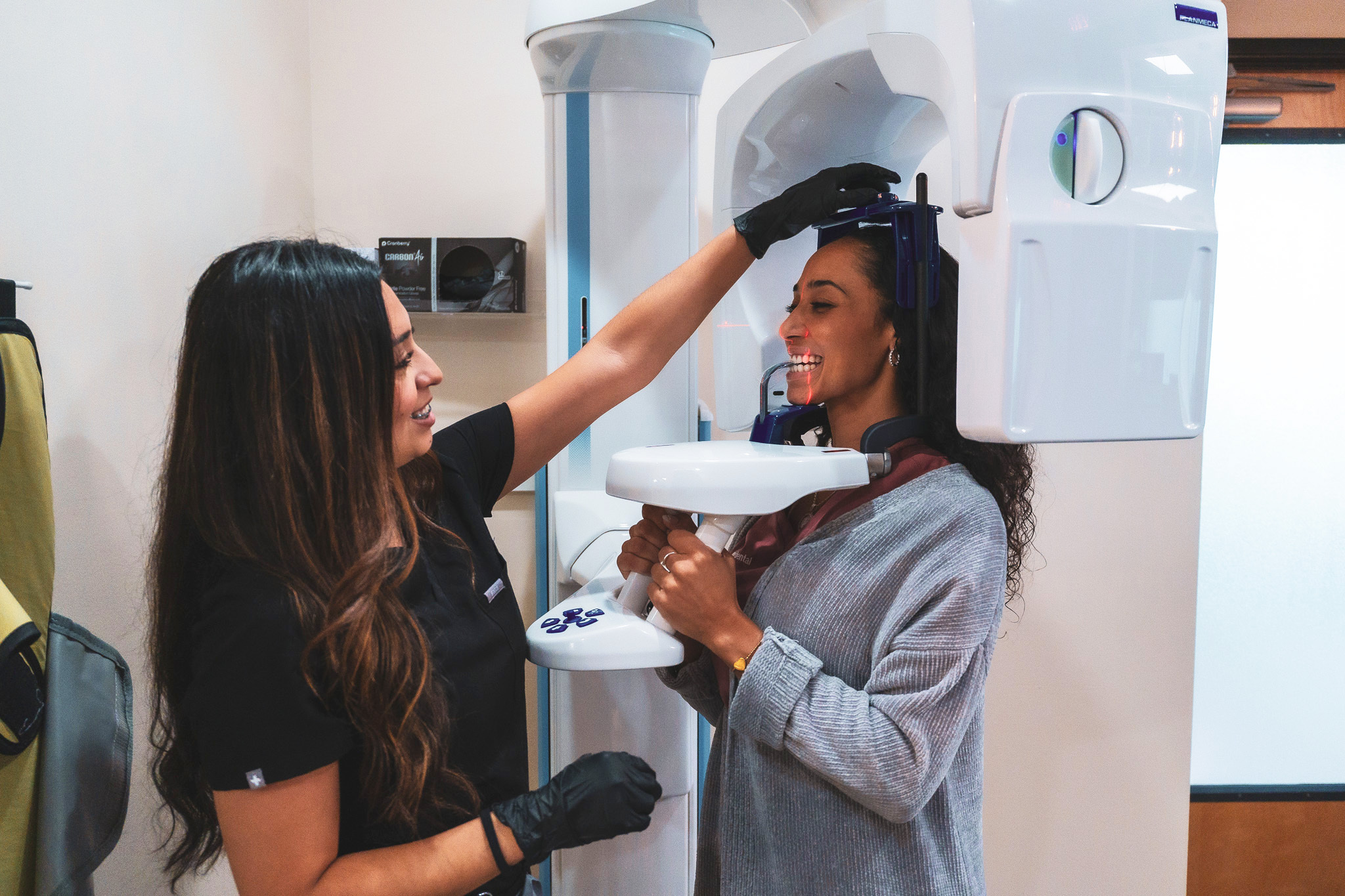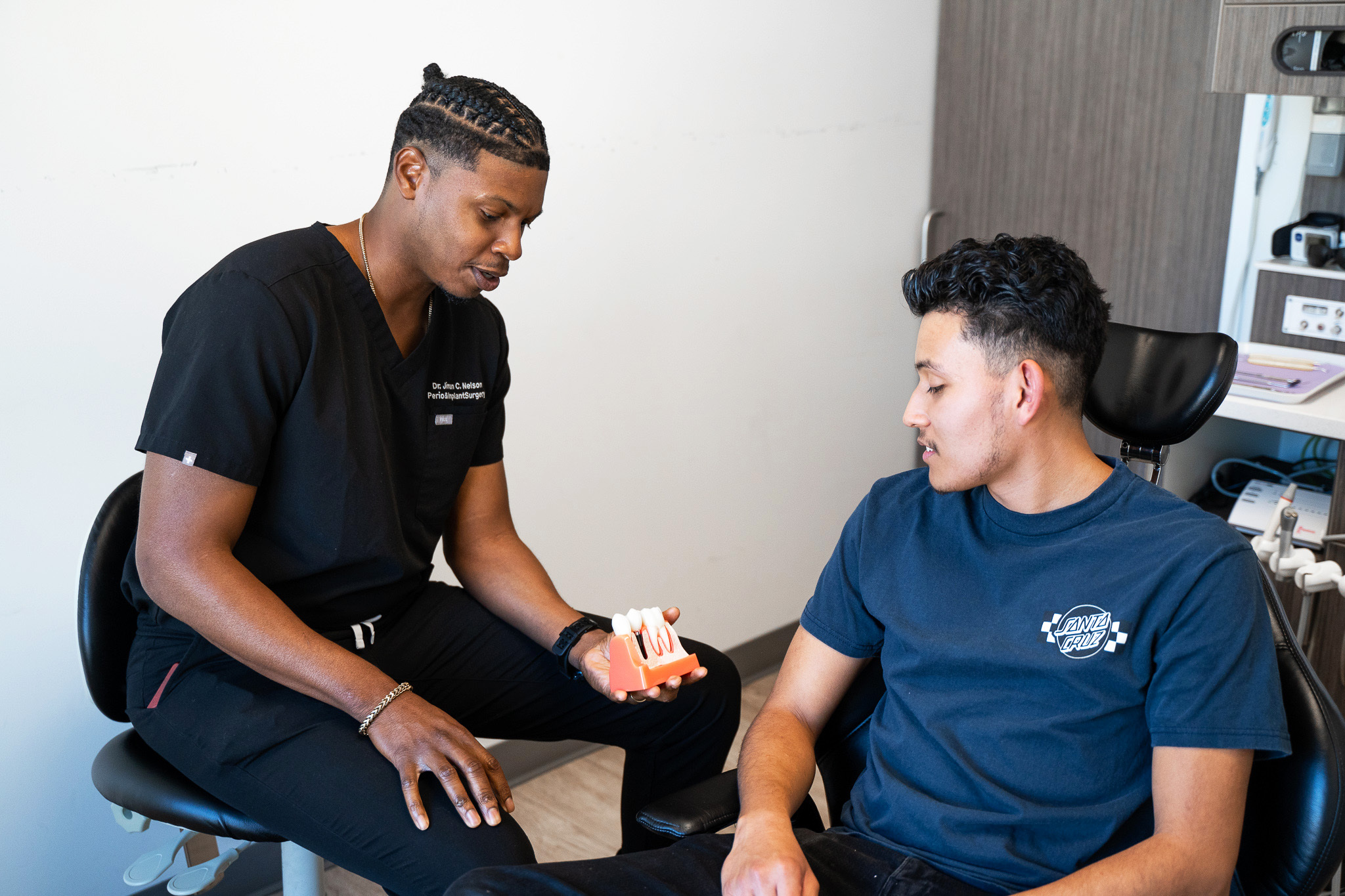Have you ever wondered what your dentist is talking about when they call out comments to their nurse when they are checking your teeth? They are keeping a record of the changes and any possible treatment that may required to a particular tooth.
Have you ever wondered what your dentist is talking about when they call out comments to their nurse when they are checking your teeth? They are keeping a record of the changes and any possible treatment that may required to a particular tooth. It is also called the military system and while it is considered by some to be outdated, it is still the most widely used of all of the systems that dentists use in many countries. They seem to think that if something is not broken there is no need to fix it. It helps them identify problems and have a written record of what is wrong and what needs to be done to rectify it.
It was once called the Zsigomondy system as it was a Hungarian named Adolf Zsigomondy who first thought to set up the plan in 1861. A cross was used identify the tooth and different symbols to indicate top or bottom teeth. It would be so easy for a dentist to make a mistake regarding treatment that was needed. As dental procedures have improved and there is a lot more that can be done to save teeth, it is vital that the tooth that needs treatment can be treated. Time can be saved as it will be possible for one dentist to pass on details to another much more quickly. It is in some ways the ideal system as it is easy to implement and does what it is supposed to do.
want to know more about palmer dental notation system?
The teeth are all numbered with the adult ones ranging from 1 -8. Children’s teeth where shown in a quadrant grid and they were labeled using roman numerals. This ranged from 1 through to V. Palmer considered that this could be too complicated so changed it to letters ranging from A – E. It was found that this was easier to understand and there were a lot fewer mistakes made. As this was going to double up, with the numbers and letters running from the middle of the mouth, there had to be a way to identify one number 1 from the other. A symbol was chosen – it looks like an L when written one way and a backward L when referring to teeth going the other way.
As the examination takes place, the dentist will call out a reference to each tooth they come to. A comment will be made about each one – sometimes to say that it is fine and at other times to make a note of the work that will have to be carried out.
As with most medical practices, it helps if there is a system that is universally used as the more systems in place, the more complicated things can become. Dentists and nurses can move between practices and be fully conversant with the system that is being used from the day that they start there. Mistakes are less likely to be made, and it allows dentists to work on other issues rather than having to learn a range of systems that do not really need to exist.
Everyone who visits a dentist will be affected by the system and it is to the benefit of all that it works as well as possible. It is important that the right teeth are treated and this way the dentist is making it clear where the problems are. It will allow then to notice a pattern of problems if there is one and also let them pick up anything that seems strange and will let them plan ahead.
As with every other area of work, dentistry is becoming more and more computerized. There are concerns that when using windows based programs, and there needs to be help available to prevent the mistakes from being serious.
The good news is that it is easy to put this system into a computer when a word document is used. There are wider-ranging uses as well, as it can also be used in software applications that are able to work with multiple fonts being used. In Windows XP, there is no need to use font creation software, as the figures required can be found in what is already available. It is also possible to email the results so that dentists in another part of the world can benefit from the knowledge that a colleague has.
There are some who will criticize it as not being perfect, but it is accepted that highly recommended option will be to change things to iron out the problems rather than abandon it altogether and look to set up a totally new way of working. Anything that is computerized will always be at risk from viruses and other issues, but it is the perfect way of keeping records from one visit to the next.

The graphics that can be produced are second to none and many dentists claim that it is as good as being able to view a complete map of the mouth. It is designed in such a way that it will be possible to add to it that would be used to identify the treatment that had been carried out in the past. The FDI system does not have the same advantage. It can not only help dentists with regards to work but can help coroners when they are struggling to identify a body. If the dentist has given complete feedback, including the location of bridges, fillings, and gaps in the teeth, then it will help with identification. It will only work when there is an idea of the identification of the body as it will be their dentist who is contacted for information. As yet, there is not a large database that allows the records of everyone to be accessed, so anyone who does not have a dentist or has not had check-ups for a long time will be much harder to identify than a body where there is a full record available for use.

Visit us today at URBN Dental as a walk in patient or call us at 832-743-2989 for an appointment at a time of your choosing! Here is to permanent smiles and stronger teeth for all!
No Insurance? No problem.
© Copyright 2025 | Designed & SEO Optimized by The Doctors Marketing
Disclaimer: URBN Dental uses restorative materials such as Admira Fusion® by VOCO, which are free of BPA and Bis-GMA, and are not known to degrade into microplastics under normal oral conditions. While marketed as biocompatible and free of traditional plastic monomers, no dental material is guaranteed to be completely risk-free for all patients. This information is provided for educational purposes and does not constitute medical or regulatory advice.

Discover your perfect smile with a FREE Invisalign assessment.

Receive a complimentary 3D scan ($300 value) when you proceed with implant care.

Speak with our experts about your smile goals from the comfort of your home.
Discuss your smile goals with our experts—choose an in-office visit or a convenient 15-minute phone consult.

Quick, affordable care when you need it most.

Have questions about implants? Get personalized guidance in a brief phone call.